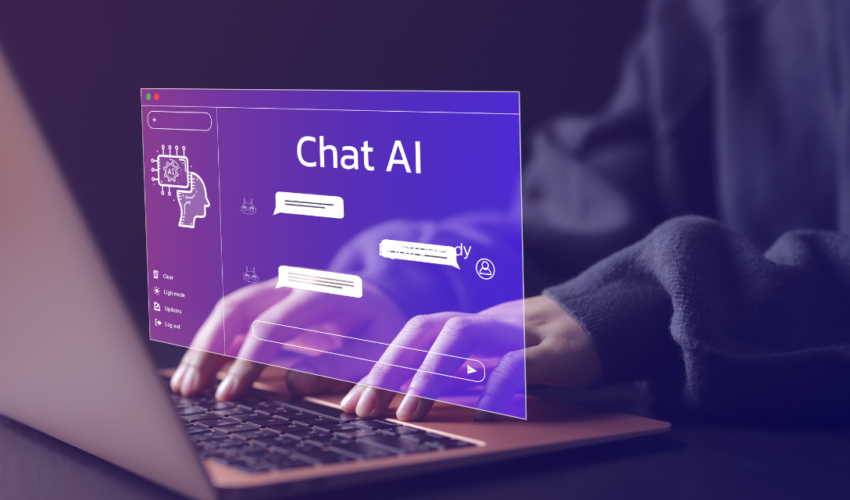Over the past year, the buzz around generative AI has transformed into tangible action for many enterprises. As I dug into a recent industry report, I couldn’t help but feel a mix of excitement and curiosity about the real-world implications of this rapidly evolving technology. The findings offer a fascinating snapshot of how organizations across the globe are leveraging generative AI to enhance operations, tackle challenges, and prepare for the future.
Rapid Adoption and High Expectations
One of the most striking insights is the sheer scale of generative AI adoption. The report reveals that 96% of businesses see generative AI as a key enabler for their operations, with 82% predicting significant growth in its adoption over the next two years. This optimism stems from its ability to boost efficiency, save time, and cut costs—benefits that resonate across IT, customer service, and security departments.
The surge in adoption isn’t just a fad. Teams are embracing AI tools to optimize processes, enhance customer satisfaction, and even reduce time-to-market for products. It’s clear that companies are rethinking their strategies to incorporate AI into their core operations.
Security and Data Governance: The Top Concerns
While the opportunities are exciting, the report underscores a critical challenge: security and data protection. An overwhelming 95% of respondents flagged the need for stronger security measures, while 94% identified data protection as a pressing concern. It’s a wake-up call for businesses to prioritize safeguards, ensuring sensitive information isn’t compromised.
Interestingly, many organizations are opting for in-house solutions as a way to maintain control over their AI applications and data. However, this approach is not without hurdles.
In-House Solutions: Popular but Problematic
The allure of building in-house generative AI solutions is understandable, especially given concerns over third-party security. But as the report highlights, it’s no easy feat. A staggering 88% of companies reported that creating a reliable in-house AI system takes six months or more. Worse, only 19% of these projects are rated as excellent, with 61% encountering accuracy issues.
The takeaway? While custom solutions offer control, they require significant expertise, time, and resources—something not all companies can afford.
The Case for Commercial Solutions
Given the challenges of in-house development, many businesses are turning to commercial AI solutions. The key is to select platforms that prioritize security, reliability, and seamless integration with existing systems. Companies are increasingly seeking vendors that deliver high accuracy, strong data governance, and customizable features.
Looking Ahead: Actionable Steps for Businesses
The report closes with practical recommendations that resonate deeply. Here are a few that stood out:
1. Prioritize Security and Governance: Establish robust protocols to protect sensitive data and build trust with stakeholders.
2. Expand AI Across Teams: Beyond IT and customer service, consider rolling out AI to HR, training, and other departments.
3. Invest in Skills Development: Bridging the talent gap in AI expertise is critical. Upskilling employees can drive better implementation and management of AI tools.
4. Measure Impact: Regularly track the performance and ROI of AI initiatives to ensure alignment with business goals.
My Take
Generative AI is no longer a concept of the future—it’s here, reshaping industries in real-time. But with great potential comes significant responsibility. As businesses, we must balance the enthusiasm for innovation with a commitment to ethical and secure practices.
Whether you’re considering in-house development or leaning toward a trusted vendor, the path forward demands careful planning and execution. For me, the lesson is clear: generative AI is a tool that, when wielded wisely, can unlock incredible value. The challenge lies in navigating its complexities to ensure success.
